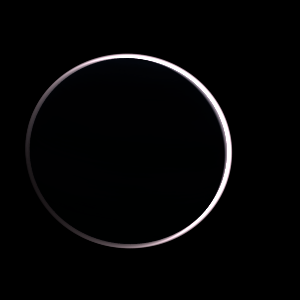|
|
Space Astro
|
Info for exoplanet "Ymirti"
| Scientific (actual) data |
|---|
| Name | HD 12661 c |
| Planet status | Confirmed |
| Planet mass | 2.83 |
| Mass sini | 1.57 |
| Orbital period | 1698.53 |
| Semi major axis | 2.929 |
| Orbit eccentricity | 0.0131 |
| Inclination | 136 |
| Angular distance | 0.068891 |
| Discovered | 2002 |
| Updated | 2025-08-13 |
| Omega | 165 |
| Tperi | 2446150 |
| Publication | Published in a refereed paper |
| Detection type | Radial Velocity, Astrometry |
| Mass measurement type | Astrometry |
| Alternate names | HIP 9683 c |
| Star name | HD 12661 |
| Right ascension | 31.14° |
| Declination | 25.41° |
| Mag v | 7.44 |
| Star distance | 37.16 |
| Star metallicity | 0.29 |
| Star mass | 1.07 |
| Star radius | 1.12 |
| Star sp type | G6V |
| Star age | 7.05 |
| Star temperature | 5742 |
| Star alternate names | HIP 9683 |
| Wikipedia article | HD 12661 c |
Back
| |
| Fictional info (?) |
|---|
| Suggested name | Ymirti |
| Planet type | Large cold gas giant |
|
| Atmosphere | Oxygen | 43% |
| Water vapor | 34% |
| Hydrogen deuteride (HD) | 15% |
| 2H2O | 5.2% |
| Formaldehyde | 2.9% |
| Atmospheric pressure | 0.08 bar |
 |
| No known satellites |
| Google search for Ymirti |
|
Website by Joachim Michaelis
|
|
|
|